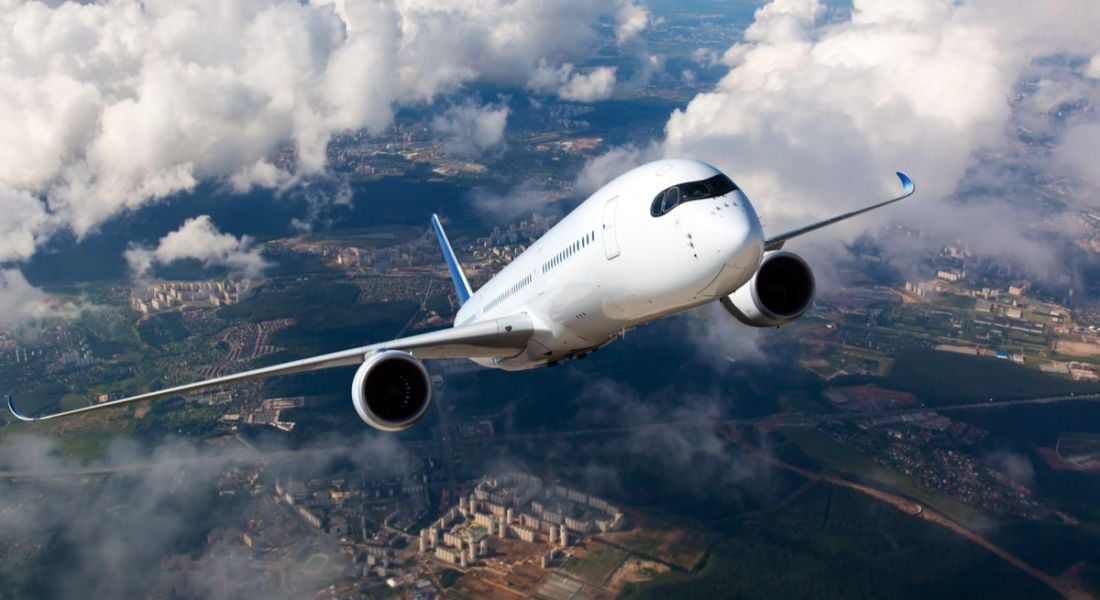How cool would it be to be the reason aircraft stay in the air? If you’re an aircraft maintenance engineer, maintaining and repairing elements of the aircraft will be your job.
Engineers of any kind have a lot of training and regulation to get through, and an aircraft maintenance engineer is no different.
While it all might seem complicated and a bit intimidating, we can help you break it down and see the clear steps towards this career path.
First, you need to think about what kind of aircraft maintenance engineer you want to be and what kind of licence you want to get.
Licences
Siliconrepublic.com spoke to Dr Kyriakos Kourousis, senior lecturer and programme director of the aircraft maintenance and airworthiness engineering degree at University of Limerick (UL).
Kourousis said that licences are split into three categories:
- Aircraft maintenance mechanics (AMMs) – Category A.
- Aircraft maintenance technicians (AMTs) – Category B. There are two main subcategories for those working on large transport aircraft: B1 (airframe and engine) and B2 (avionics systems).
- Aircraft maintenance engineers (AMEs) – Category C.
According to Kourousis, Category C engineers certify the release of an aircraft following extensive maintenance performed by a maintenance organisation. Essentially, this role is to check and verify that all paperwork associated with such extensive maintenance work has been conducted properly.
Category B engineers check and release the aircraft for safe operation, following daily operational servicing such as refuelling, change of wheels, and minor repair and maintenance.
Category A engineers also certify aircraft, but at a lower level –they are usually assisting category B engineers.
“To obtain these licenses, you need to undergo theoretical and practical training, pass the European Aviation Safety Agency (EASA) examinations, and cover the minimum industry experience requirements,” explained Kourousis.
“A licence is an entry ‘qualification’ for the aviation maintenance industry, which does not grant someone the immediate right to work on aircraft,” said Kourousis. “Further training and certification is required before someone is able to sign off tasks on specific aircraft types.”
So, now that we’re up to speed on the basics of licences, what else do you need to be an aircraft maintenance engineer?
Education
Students could go down a general engineering route or specify in an engineering degree related to aviation first. However, as the industry is highly regulated, they would need to add both EASA knowledge and industry requirements.
These would usually be supplied by an EASA-approved training programme run by an aviation company, though UL offers a course that covers the EASA knowledge requirements for the category B and category C licensing.
“However, the experience requirement would have to be gained before the licence is issued to them,” said Kourousis.
The programme is done in collaboration with Lufthansa Technik Shannon, which provides the on-aircraft practical training module.
Practical experience
Despite the turbulence of the airline companies, the aviation industry continues to grow year after year. As more commercial planes come into the market to supply the demand, it will require more than 600,000 aviation maintenance engineers to be trained and retrained.
Additionally, Lufthansa Technik Shannon graduates have a 100pc employment rate, meaning that students interested in becoming an aircraft maintenance engineer are currently guaranteed a job after graduating.
Kourousis said there is a minimum industry experience requirement that must be met. “This ranges from one to five years, depending on the licence sought and the training that licence applicant has completed. For example, an individual who has completed an EASA category A course at a year-long approved EASA Part 147 maintenance school, such as Lufthansa Technik Shannon, needs to complete a minimum of 12 months of maintenance practice within an aircraft maintenance organisation.”




